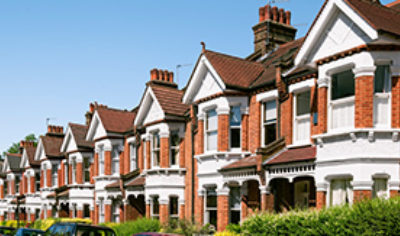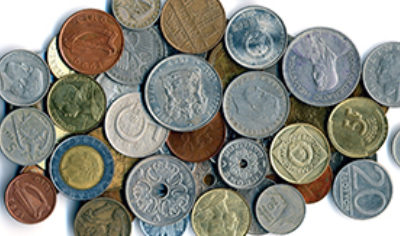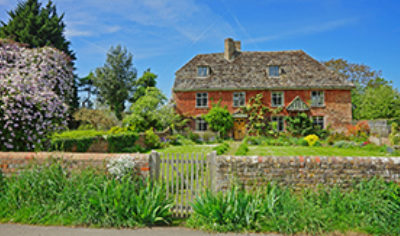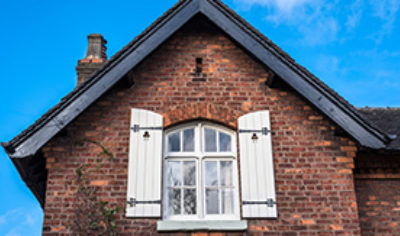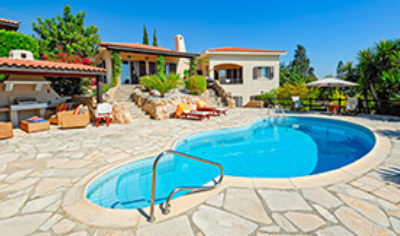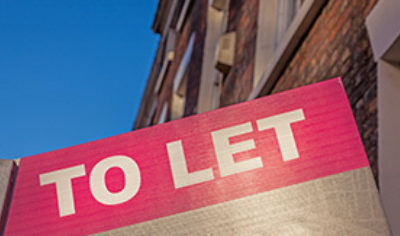Valuing the Freehold Interest of your Block of Flats
Valuing Freehold Interest-If you are interested in buying the freehold of your block of flats, you will need to know, how much it is likely to cost you. Having this information to hand for all interested flat owners, before you proceed too deeply in to negotiations is a must. You may find that once an acquisition cost has been obtained, some flat owners may object to proceeding. Alas, there are no on line calculators that we know of that will assist you with this process, as valuing a freehold is not an exact science. A local surveyor should be able to provide you with a valuation and this can be included in the enfranchisement notice. The valuation may be substantial and you will have to be respectful to other flat owners personal financial circumstance, often resistance is met, not because owners don’t think it’s a good idea, simply, they may not be able to afford it. Professional advice should be sought from a qualified surveyor who will be able to guide you through the valuation process which is dealt with with under Schedule 6, Part II of the Leasehold Reform. Housing and Urban Development Act 1993.
The surveyors duties will include the following, make sure you outline your requirements before you appoint someone to act for you;
- to carry out the valuation in accordance with the legislative guidelines in force.
- to advise on the possible purchase price, based on experience and research. Top and Bottom valuations should be prepared.
- to advise on the offer to be made to the freeholder in the Initial Notice
- to advise on the response to the freeholder’s Counter-Notice
- to conduct negotiations on your behalf with the freeholder on on your RTE ( Right to Enfranchisement Company)
- to provide expert evidence at the Leasehold Valuation Tribunal if required
- to provide technical advice with regard to upkeep, repairs and maintenance of the property once enfranchisement has been completed
The surveyor should meet with you initially and discuss the valuation process and point out on the process by which a valuation is arrived at. According to Schedule 6, the price for the freehold shall include the following ;
- The income receivable from the ground rents ( for the term).
- The reversionary value of the freehold on expiry of the leases.
- The marriage value.
- Value of other interests such as commercial properties, garages, Rent Act tenancies.
- Compensation for other losses ( known as injurious affection).
What do the above mean in simple terms:-
- Income receivable-Income received in respect of ground rents from the property.
- Reversionary value-Increase in sale value of the flats due to the fact that the freehold is being obtained.
- The marriage value-this is the increase in flat Values- Less the freeholders interest ( the sum of the ground rents and reversion value). This amount is shared equally between each party.
- Other Interests-Sums of money that can also be earned from the Property such as Rent Act Tenancies, Garages & Commercial Buildings.
- Injurious Affection-this is an amount of money to compensate the freeholder for any reduction in value of another property as a result of a forced sale. This could relate to the loss of access to an adjoining site or perhaps the loss of opportunity to develop an adjoining site.
Freehold property subject to long leases is normally valued on an Investment basis, that is to say the property has no other intrinsic value other than, the term of it’s rental income and the reversionary value of the property once the leases have expired.. The freehold value is thus calculated on it’s expected future income. The following notes should be helpful.
Income Received-The income received is fairly easy to establish. Firstly, the annual ground rent is taken and multiplied by the number of flats in the block. For example 20 flats at £75.00 each = £1500.00 per annum. The valuer will then take this amount, and multiply it by the ‘Years Purchase’. This amount is usually taken from a set of tables although many valuers will calculate it themselves. The purpose of the calculation is to establish, what an investor would have to pay to obtain the same fixed income over the period of the lease. The critical factor in calculating the ‘years purchase’ is the yield rate which the valuer will obtain by studying local records pertaining to amounts actually realised in sales as well as a number of other factors. Some in depth work is required by the valuer at this stage to establish on what grounds sales were made, thus enabling an accurate picture to be obtained. The ‘Years purchase’ amount is likely to be the area where there is the greatest variance between the leaseholders valuer and the valuer acting for the landlord.
The Reversionary Value – anyone that owns a leasehold flat, owns an asset that is decreasing in value as the term of the lease runs down, selling a flat with a new or lengthy lease is far more appealing than one which has been run down. If enfranchisement is achieved, the new owners will usually lengthen all the leases thus increasing the value of the flats. The amount by which the value increases, is usually reflected in how far the lease has run down ( the closer to expiry, then the bigger the increase in value). The valuer will have to locate examples of other local property in order to ascertain how much a value will increase. Any improvements made to the flats by leaseholders, will not be taken in to consideration when calculating the figure. If the improvements have been substantial and this has had an effect on the market valuation, then the valuer will have to take this in to consideration and subtract the amount of added value from the total valuation ( the amount added to the value of the flats not the cost of the improvements themselves. When calculating the figure, it must be assumed that the flats will all have the longest leases possible and the value will be based on this.
Most flat leases are written on the basis that at the end of the expired period, the flat will revert to the landlord but the tenant can remain in occupation, this statutory protection is to ensure that the tenant still has somewhere to live. Often the amount of rent that can be obtained on the flat is deducted from the final figure. A percentage increases is arrived at and again this is multiplied by a ‘table rate’ depending on the length of the un-expired lease. This resulting sum is then added to the ground rent calculation above to make the Investment Value of the Property owned by the freeholder.
The Marriage Value –the marriage value, so called because in involves both parties, represents the increase value in the flats following enfranchisement, this comes about because the leaseholders will extend their leases to the maximum term. The calculation is quite simple. The uplifted value of the property is taken as the base figure. From this, the present value of the properties is subtracted (the value of the leasehold flats) Next the freeholders Investment value (The ground rent & the reversionary value) are deducted. The resulting sum is the marriage value and this amount is divided between both parties. It is shared equally between the two parties as the ‘potential profit’ only exists because the freeholder is being obligated to sell. The legislation also stipulates that any if a flat held by a participating leaseholder has an un expired term of the lease in excess of 80 years, then any marriage value is to be ignored.
Injurious Affection –the reasons for this are mentioned above and the legislation does not require for a formal valuation to be carried out but it is usually a good idea to obtain one.
The Valuation Tribunal –negotiations, do not always proceed smoothly and many landlords will do everything in their power to avoid enfranchisement. If matters do not proceed then both parties will need to enter more formal negotiations to complete matters. This can be court or to the Leasehold Valuation Tribunal. The Leasehold Valuation Tribunal can decide on a number of matters, including; the type of interest to be acquired, the extent of the property and of course the price payable.
Call Assetsure for a quotation on your Block of Flats





